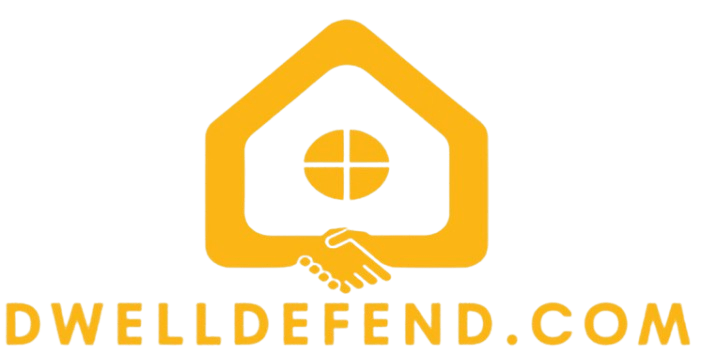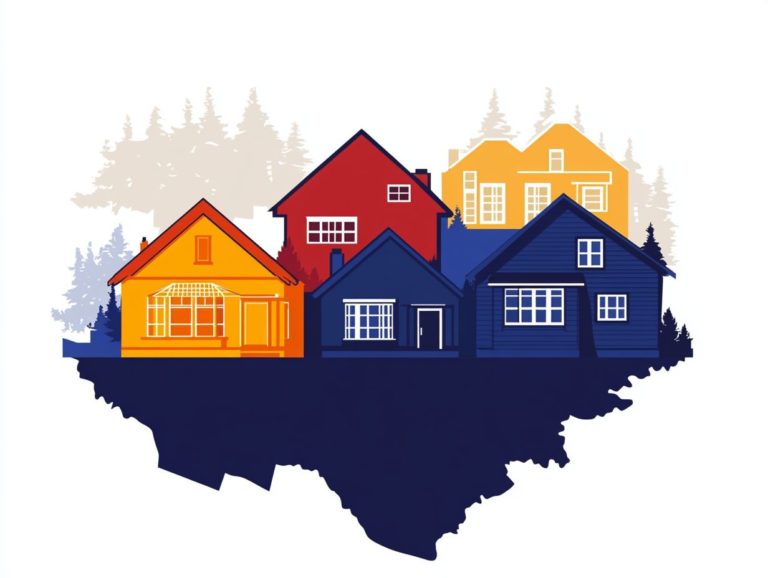How Home Insurance Providers Assess Risk
Home insurance is crucial for safeguarding your property. But have you ever wondered how insurers assess the risk tied to your home?
Understanding risk assessment empowers homeowners to make informed choices. This article delves into what risk assessment involves, the factors that influence it like your location and personal circumstances and the methodologies insurers use to evaluate risk.
Discover how these assessments affect your premiums and explore strategies to reduce your risk, leading to potential savings on your insurance costs.
Contents
- Key Takeaways:
- Understanding Home Insurance Risk Assessment
- Factors That Affect Home Insurance Risk
- Methods Used for Risk Assessment
- How Risk Assessment Affects Home Insurance Premiums
- Ways to Lower Your Home Insurance Risk
- Frequently Asked Questions
- What is risk assessment in home insurance?
- What factors do home insurance providers consider when assessing risk?
- How do insurance providers determine the cost of home insurance premiums?
- Are there any steps homeowners can take to reduce their insurance risk?
- How do previous insurance claims affect risk assessment?
- What happens if a home is deemed high risk by an insurance provider?
Key Takeaways:
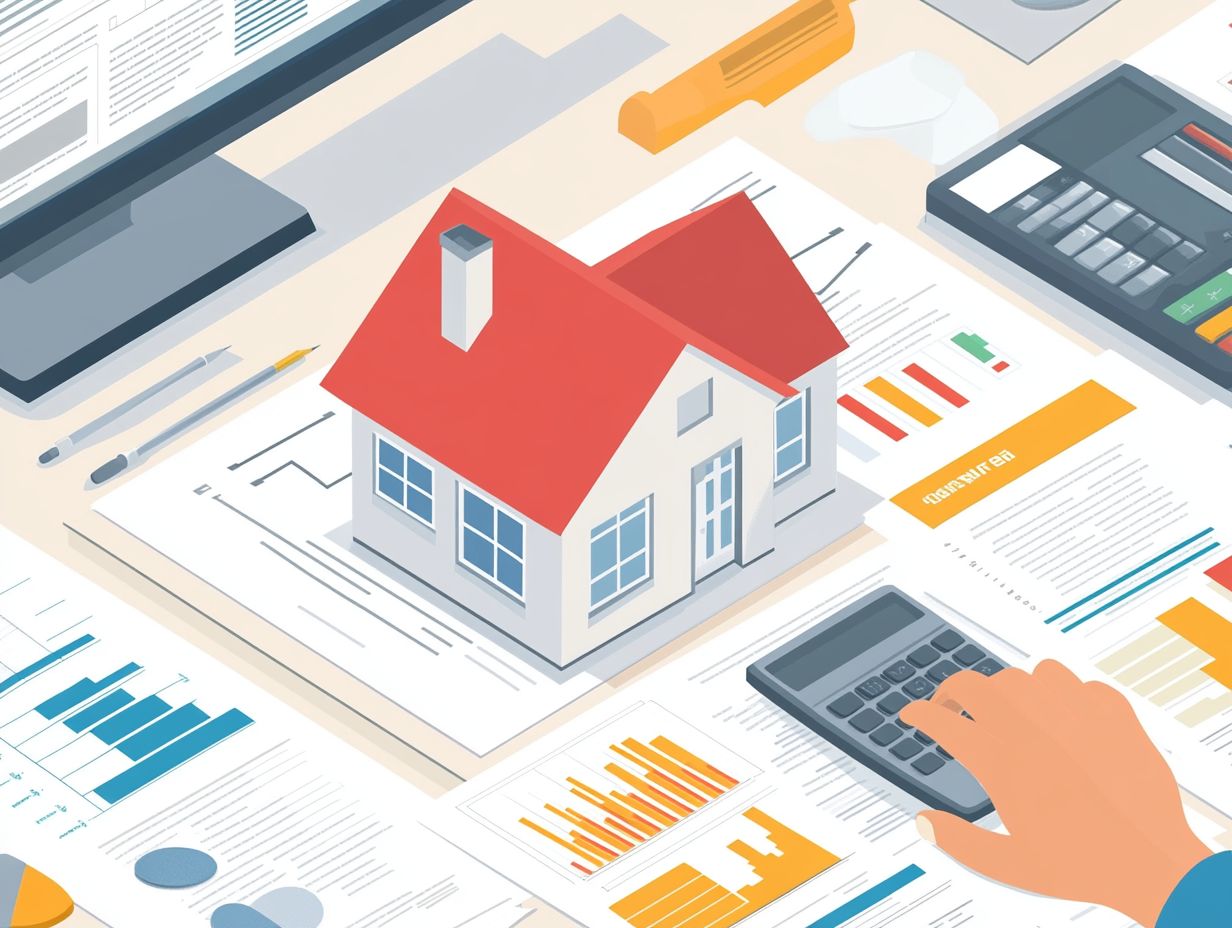
Home insurance risk assessment is the process of evaluating potential risks associated with a property to determine its insurance coverage and premium.
Location and property characteristics, along with personal and financial factors, can significantly impact the risk level for a home insurance provider. To navigate this complex landscape, it’s helpful to learn how to understand home insurance providers’ terminology.
Insurers commonly use methods like inspections, appraisals, and data analysis for risk assessment, which ultimately helps in identifying potential home insurance risks and determines the cost of home insurance premiums.
Understanding Home Insurance Risk Assessment
Understanding home insurance risk assessment is crucial for homeowners to make informed decisions about insurance policies. This process includes evaluating home insurance providers based on various factors that affect the terms and conditions of homeowners insurance, such as your property’s risk profile, the financial implications of your coverage, and the role insurance companies and agents play in offering tailored solutions.
By grasping these elements, you can confidently navigate the insurance market and secure premiums that reflect your unique situation.
What is Risk Assessment in Home Insurance?
Risk assessment in home insurance involves a careful review of the potential risks your property may face. This helps you identify the right coverage and premiums needed for effective protection.
This evaluation considers different components and risk factors that shape your insurance policy’s terms. For instance, your claims history might show a pattern that indicates a greater likelihood of future claims, influencing your premium and coverage options.
How you use your home affects the insurer’s rules for coverage. Whether it’s your primary residence, a rental property, or a vacation retreat, each scenario can impact the policy you receive.
Insurance companies often use advanced methods like statistical analysis and on-site inspections to conduct a comprehensive risk assessment. By leveraging this detailed information, they can create policies that not only reflect your property’s unique characteristics but also effectively protect your financial interests. It’s important to stay informed about understanding home insurance providers’ policy changes.
Factors That Affect Home Insurance Risk
Several key factors significantly influence the risk associated with homeowners insurance, ultimately shaping your premiums and available coverage options.
These factors include the location of your home, the specific characteristics of your property, and personal financial elements, such as your credit score and claims history.
For example, if your home is in a high-risk area prone to natural disasters or high crime rates, you’re likely to face higher insurance premiums and possibly need specialized high-risk homeowners insurance.
Understanding these risk factors empowers you to make smart insurance choices!
Location and Property Characteristics
The location and characteristics of a property are crucial in shaping its risk profile for homeowners insurance, influencing the potential for property damage and insurance claims.
If your home is near coastal areas, you might see higher premiums due to the risk of hurricanes and flooding. On the other hand, urban neighborhoods might experience more crime-related claims, both of which significantly impact your insurance rates.
The age and condition of your property also play a vital role in its vulnerability. Newer constructions often use modern materials that offer better protection compared to older homes, which may have structural issues.
Improvements like reinforced roofs, effective drainage systems, and security measures can further reduce risks. By considering these factors, you can position yourself more favorably when insuring your valuable investment.
Personal and Financial Factors
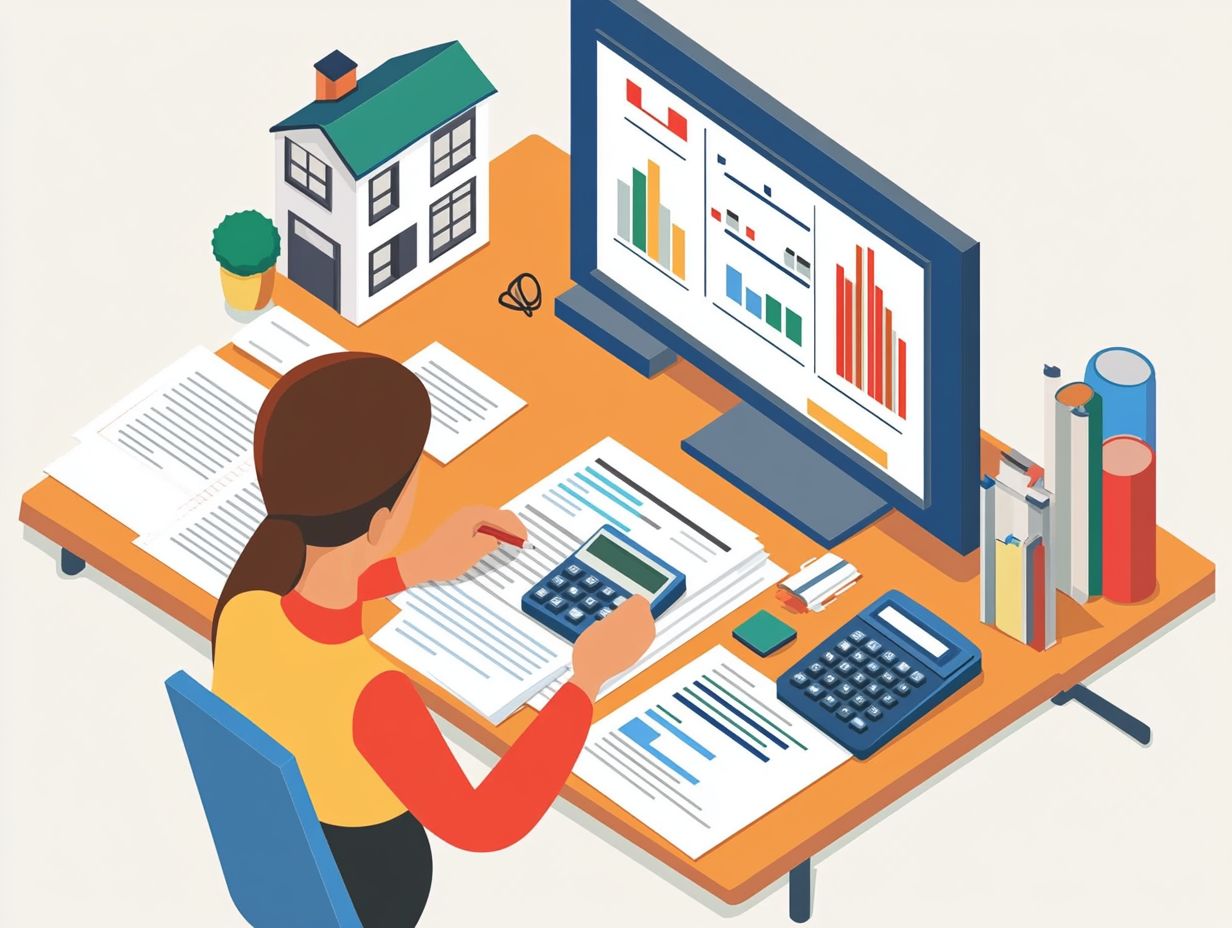
Personal and financial factors, such as your credit score and claims history, play a significant role in the risk assessment process. They can directly impact your eligibility and pricing for homeowners insurance.
A strong credit score often reflects a responsible financial background. Insurers appreciate this when determining your premiums.
On the flip side, a history marked by multiple insurance claims might suggest a higher risk. This could result in increased rates or more limited coverage options.
By cultivating a positive homeowners profile characterized by consistent payment habits and minimal claims you can boost your negotiation power with insurance providers. This allows you to secure more favorable rates and terms.
Understanding these factors is crucial. Small changes in your financial behavior can lead to big savings on your insurance.
Methods Used for Risk Assessment
Risk assessment for homeowners insurance involves a sophisticated array of methods designed to evaluate the potential risks linked to your property. To ensure you choose the right coverage, it’s important to know how to identify reliable home insurance providers. This usually involves thorough inspections, precise appraisals, and a careful study of statistics.
Inspection and Appraisal
Inspection and appraisal are essential components of the risk assessment process in homeowners insurance. These processes help you spot hazards and determine the best coverage options quickly.
By evaluating your property, insurers can assess risks accurately, leading to better policy recommendations that align with your needs.
Skilled insurance agents guide you through inspections and appraisals, ensuring you understand your coverage choices. This collaborative effort enables you to make informed decisions, granting peace of mind that your policy reflects your assets.
Statistical Data and Predictive Modeling
Statistical data and predictive modeling are essential tools in evaluating risks for homeowners insurance, enabling insurers to forecast potential risks based on historical trends.
This process begins with collecting data from various sources, such as past claims and environmental factors. Analysts dive into this data, using statistical techniques to uncover relationships that can predict future outcomes.
Predictive modeling uses advanced technology for real-time calculations, sharpening risk assessments. Actuarial science, which uses mathematics to evaluate risk, plays a pivotal role here.
By blending these disciplines, insurers gain a deeper understanding of their exposure and craft policies that meet clients’ needs while reducing potential losses.
How Risk Assessment Affects Home Insurance Premiums
The risk assessment process plays a crucial role in shaping homeowners insurance premiums. Insurers analyze the evaluated risk factors to determine the pricing of your premium and the coverage options available to you, making it essential to understand how to evaluate home insurance providers effectively.
Calculating Premiums Based on Risk
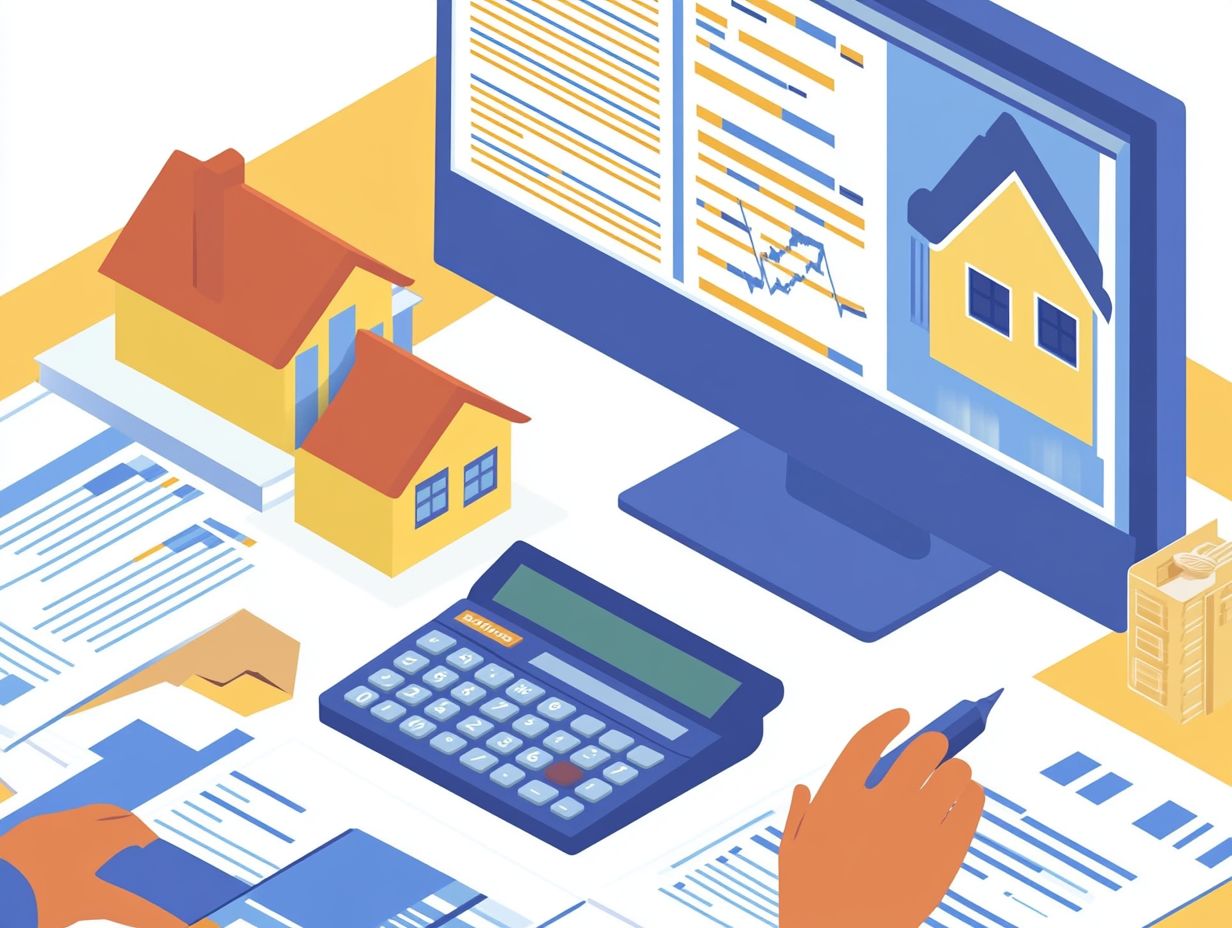
Calculating premiums based on risk involves analyzing factors like location, property characteristics, and your personal financial information to find the right insurance rate.
Insurance carriers use careful methods that rely on historical data and statistical models to assess risks. They look at the age of your home, construction materials, and the likelihood of natural disasters in your area, which is essential for understanding the role of home insurance providers.
They also evaluate your credit score and claims history, which give insights into your risk behavior. This approach helps ensure that your homeowners insurance premiums accurately reflect the real level of risk associated with your property. Understanding what factors affect home insurance premiums can significantly impact the protection and affordability of your coverage options.
Ways to Lower Your Home Insurance Risk
Lowering your home insurance risk can lead to better premiums and coverage options, benefiting you as a homeowner in the long run.
By enhancing your property’s safety and security, you can reduce risks and improve your insurance policies. This means taking preventive measures against natural disasters, maintaining your home, and addressing personal risk factors that influence your risk profile.
These steps not only protect your investment but also give you better insurance choices.
Boosting Your Home s Safety
Boosting your home s safety is a smart move! It helps reduce your insurance risk and may lower your premiums.
By taking proactive steps like installing surveillance systems, upgrading to high-security locks, and keeping your property well-maintained you can create a safer environment.
This deters intruders and reassures insurance companies that your risk is lower. These improvements show your commitment to safety, often resulting in better assessments from insurers.
Regular maintenance, such as sturdy fencing and well-lit outdoor areas, enhances that sense of security, further supporting your case for lower insurance rates and better policy terms.
Managing Personal Risk Factors
Managing your personal risk factors, like maintaining a solid credit score and a clean claims history, is key to securing better insurance premiums and coverage options.
By adopting effective financial strategies, you can stay on top of your debts and improve your financial profile. Timely payments on your obligations are crucial as they reflect responsible financial behavior and positively impact your credit rating.
Keeping a close eye on your expenses and budgeting wisely will help you free up funds for insurance payments. A strong homeowners profile, shaped by prudent financial habits, can greatly influence insurance assessments.
Insurance agencies are more likely to offer favorable rates and terms, leading to significant savings on your premiums.
Frequently Asked Questions
What is risk assessment in home insurance?
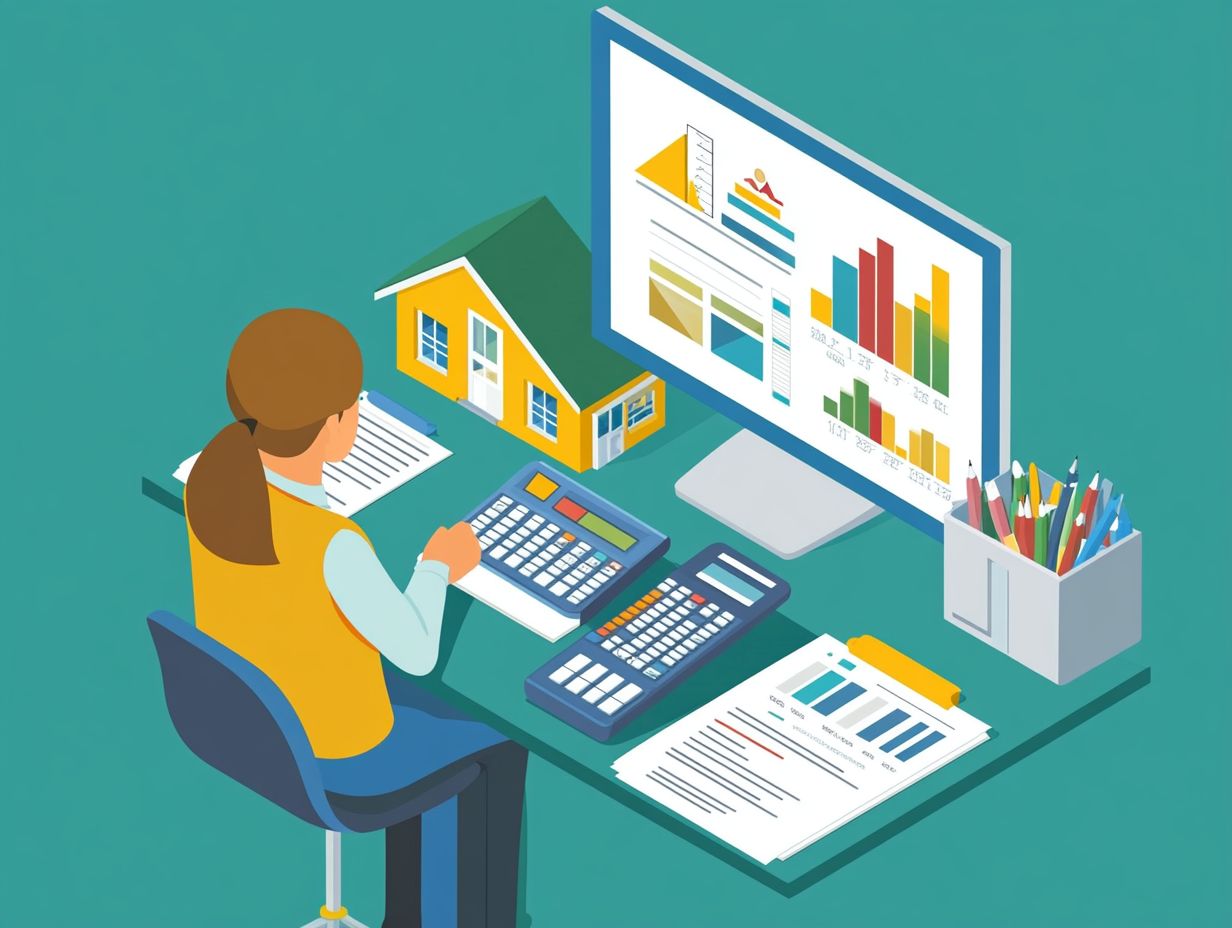
Risk assessment in home insurance is the process insurance providers use to evaluate the likelihood and severity of potential risks related to a property. This includes factors like location, construction materials, and potential hazards.
What factors do home insurance providers consider when assessing risk?
Home insurance providers consider factors such as the location and condition of the home, previous insurance claims, and hazards like natural disasters or crime rates in the area. For a deeper understanding, you can explore how home insurance providers handle claims.
The cost of home insurance premiums is based on the level of risk associated with insuring a property. Higher assessed risks typically lead to higher premiums.
Take Action! Start improving your home s safety and financial profile today to enjoy better insurance rates and coverage options.
Are there any steps homeowners can take to reduce their insurance risk?
Yes! Homeowners can take key steps to lower their insurance risk. Installing safety features like smoke detectors and security systems is a great start.
Keeping up with repairs and making safety upgrades can also help improve your home’s security.
How do previous insurance claims affect risk assessment?
Previous insurance claims influence risk assessment. They reveal the chance of future claims.
A home with a history of claims may be labeled high risk by insurance providers.
What happens if a home is deemed high risk by an insurance provider?
If an insurance provider considers a home high risk, obtaining coverage may become tough. High-risk homes often face higher premiums.
The provider might even ask for extra safety measures before offering coverage.
